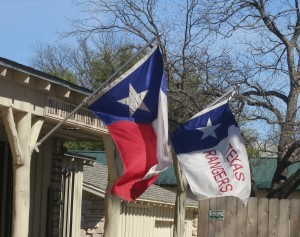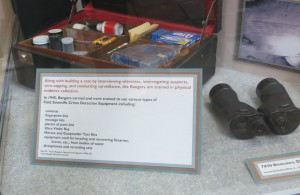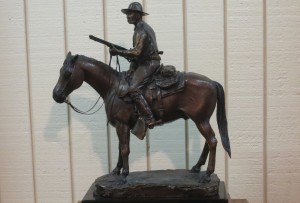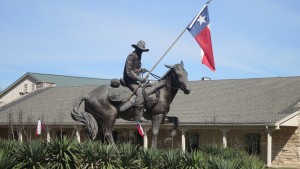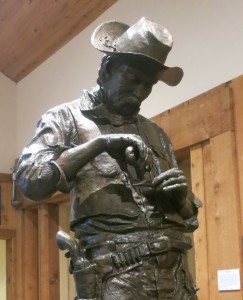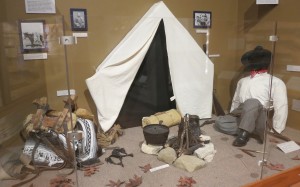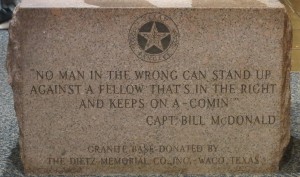KN, p. 150 “30 More Ways to Die an Unnatural Death”
If there are no paragraph separations in this article, please double-click on the title to create a more readable version.
In March, 2014, in celebration of the 100th page on www.kerriansnotebook.com, I published “100 Ways to Die an Unnatural Death.” It quickly became the most widely read post on the site, and stayed at the top for the rest of the year. Professional writers used the list as a reference and fans of the crime/mystery genre searched the list for new (to them) odd ways that people die. Check out the list here.
There were so many responses and suggestions that by June, 2014, we had enough ideas to publish “50 More Ways to Die an Unnatural Death.” That post finished in the Top Ten for most popular posts of the year. Read that list here.
This is the 150th post for Kerrian’s Notebook, and 150 posts is worthy of recognition in keeping with what the Kerrian fans have come to look for.
You might ask, “Are there really more than 150 ways to die an unnatural death?” Oh, yes, indeed.
Thanks to contributions from readers all over the globe, we have 30 additions to the list. All of these scenarios could happen to somebody, somewhere, sad to say. Some are fictional setups based on actual events, some cases were plain bad luck, some were as a result of Mother Nature’s fury, some as a result of deadly intent. Whatever the reason? Dead is dead.
Shovels, pitchforks, and rugs at the ready, please. 😉
151. House collapses during demolition with person inside
152. Person swept away in a flood
153. Water intoxication – you really can drink too much water – from Lori Ryan (www.loriryanromance.com)
154. Drowning – Poet kissed reflection of moon in water before falling overboard.
155. Death by crushed Tylenol in a mincemeat pie – from Ruth McCarty (www.ruthmccarty.com)
156. Death by shooting in a court case – lawyer maintained that a shooting victim could have shot himself while drawing his own gun, demonstrated same, and killed himself. He won the case.
157. Death from starvation – while wife was hospitalized, husband refused to eat anything that wasn’t prepared by her.
158. Death by Segway – owner of the company lost control of his Segway and went off a cliff.
159. Trip over your own beard
160. Choke on dog food – from Jessica Pettengill Messinger
161. Inhaled manure fumes – father & son in Iowa
162. Choked on scarf – caught in dirt bike chain
163. Choked on scarf – caught on the wheel of car in which she (Isadora Duncan) was a passenger
164. Fall off balcony – second floor outside balcony under renovation, floor not finished. Person walks out in the middle of night, forgetting there is no floor, and falls to death between the headers. Credit to Rob & Bobbi Mumm who thought it was a great setup for a murder mystery. Really, both of them are alive and well. 😉
165. Fall off balcony – while fending off wild monkeys (list25.com)
166. Death by carrot juice overdose – 10 gallons in 10 days
167. Collision of car and deer. Both driver and deer die.
168. Elephant steps on vehicle and occupant is crushed
169. Trampled by horse during polo match
170. Kicked in the head by a cow
171. Killed by African lion
172. Attacked and killed by own dog
173. Killed by a hippo
174. Dying of laughter after watching donkey eat figs (list25.com)
175. Killed by a robot arm in a factory (list25.com)
176. Crushed by falling whale
177. Death by soup injection
178. Death by too much bungee cord in a bungee jump
179. Stabbed with a screwdriver – Phillips head, to be specific
180. Overdose of aerosol deodorant – sprayed all over body twice a day
There you have it!
Be careful out there and apparently, be especially careful when you are close to hippos! They kill about 200 people every year! Hmmm…getting an idea for a story…
*Photos by Patti Phillips
KN, p. 150 “30 More Ways to Die an Unnatural Death” Read More »





